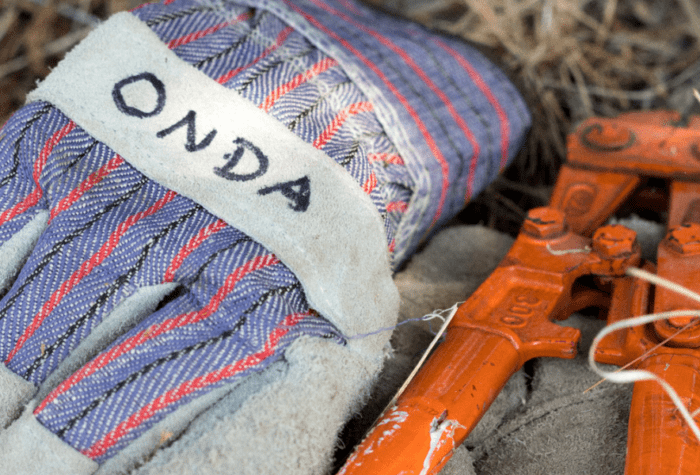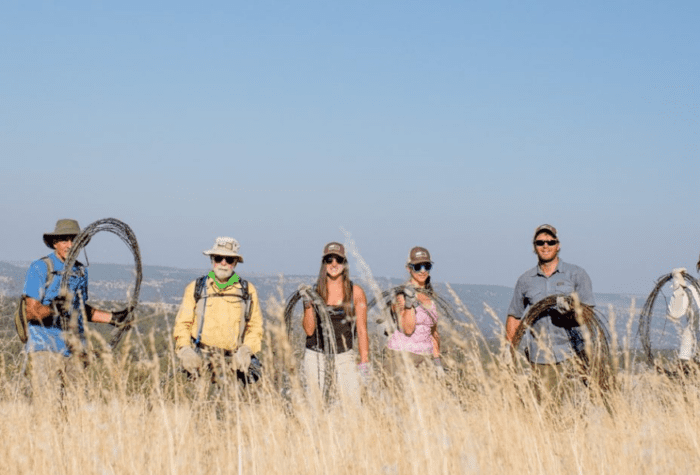Stewardship trip difficulty ratings help potential volunteers understand the physical requirements of a particular trip. Our detailed ratings and descriptions allow individuals to determine if they will be able to comfortably participate in the project.
On all of our trips, volunteers are encouraged to work at their own pace, take frequent breaks, and try a variety of tasks. However, many trips take place in remote locations with no cell service. As such, ONDA is committed to ensuring individuals select trips that are safe and appropriate for their particular circumstances.

